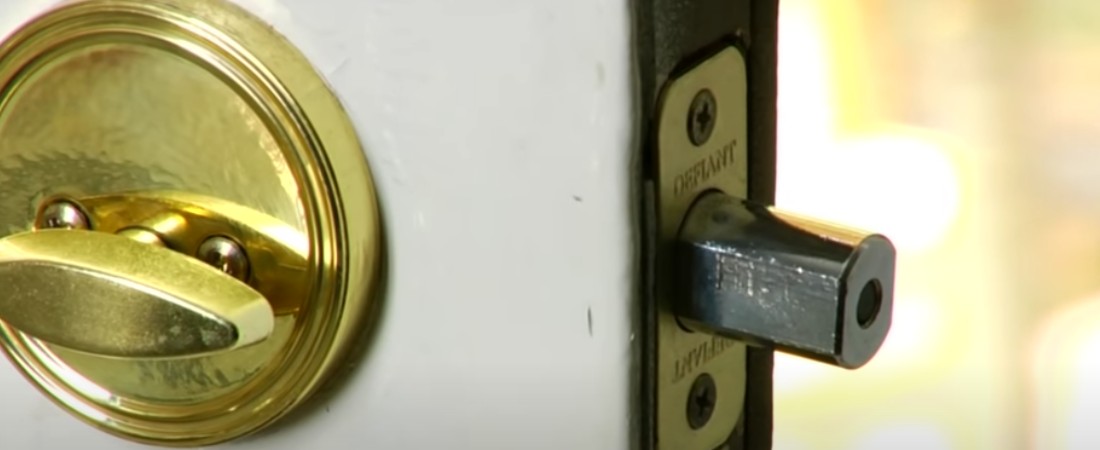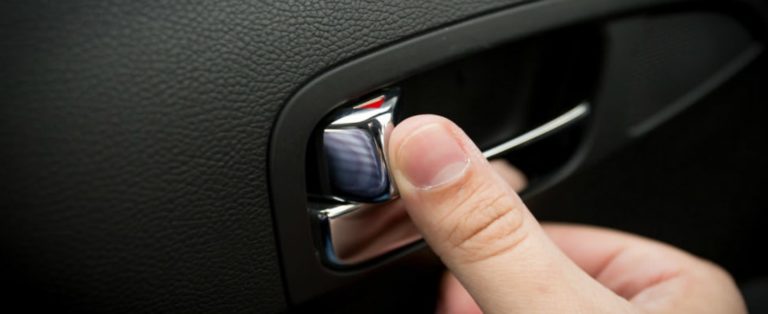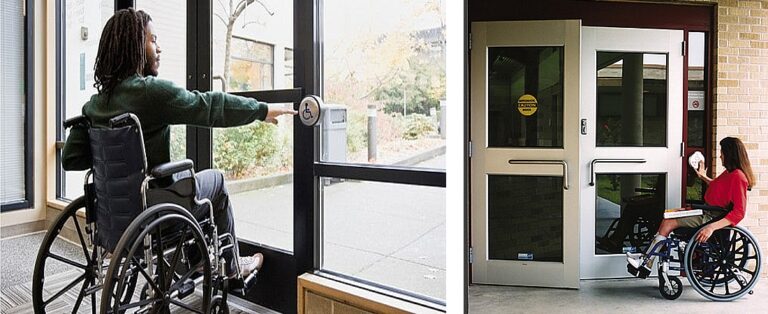There could be a quite few reasons for your door locks not to work properly and by knowing what is the cause can help to get it easily fixed. We have compiled the main reasons why this might be happening and how you can make your locks work smoothly again.
Misaligned Door Latch
If the latch does not catch the strike plate your door won’t lock. This situation can happen because of temperature changes that effecting the door frame.
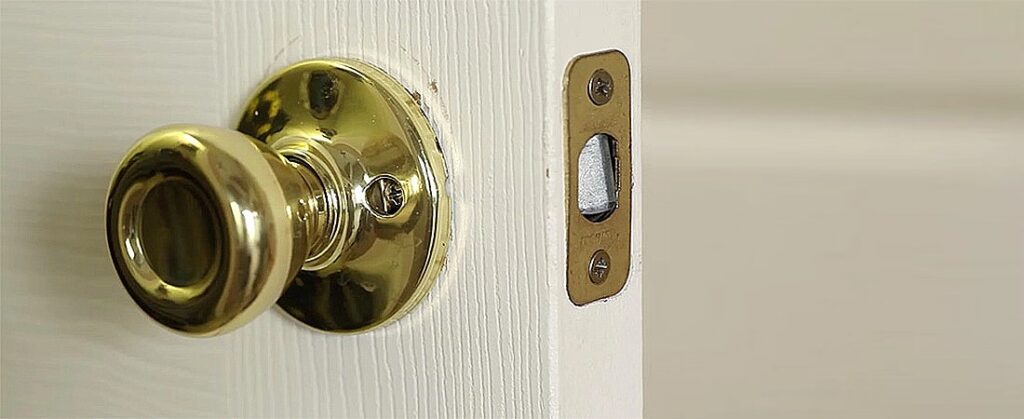
Stuck Lock
Dust and dirt inside the lock can stuck the lock mechanism and regular cleaning like a spraying lubricant into the key hole and wiping it off can easily solve this problem.
Worn Out Key
Over time keys can lose their sharpness meaning they no longer align perfectly with the lock pins. An old and rusty key can fail to turn the lock.
Damaged Lock
Old locks can get damaged over time especially with heavy use as the internal parts like pins and springs can fall out or break which requiring a repair or more likely a replacement.
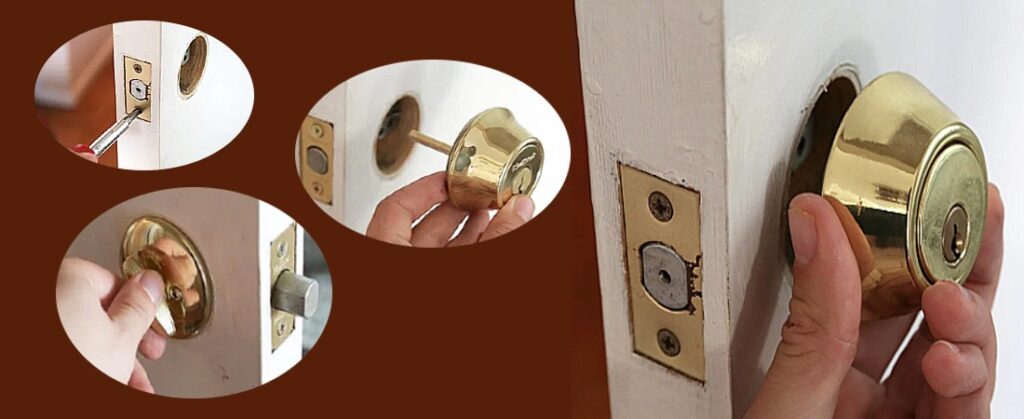
Frozen Lock
In cold weather locks can freeze making them impossible to unlock so if you live in a cold freezing winter area a deicer is a must tool for you to own as gently heating the lock and the key might resolve the issue.
Broken Key Inside The Lock
If a key breaks off inside the lock it means that until you remove all the broken pieces the lock is out of order and some time it goes beyond repairing and you will need to completely replace it.

Poor Lock Installation
If a lock was not installed correctly it might not work properly till the point it will stop working completely.
Electrical Issues
If you own an electronic smart lock the most common issue is dead batteries as most people ignore or not setting dead batteries notifications.
